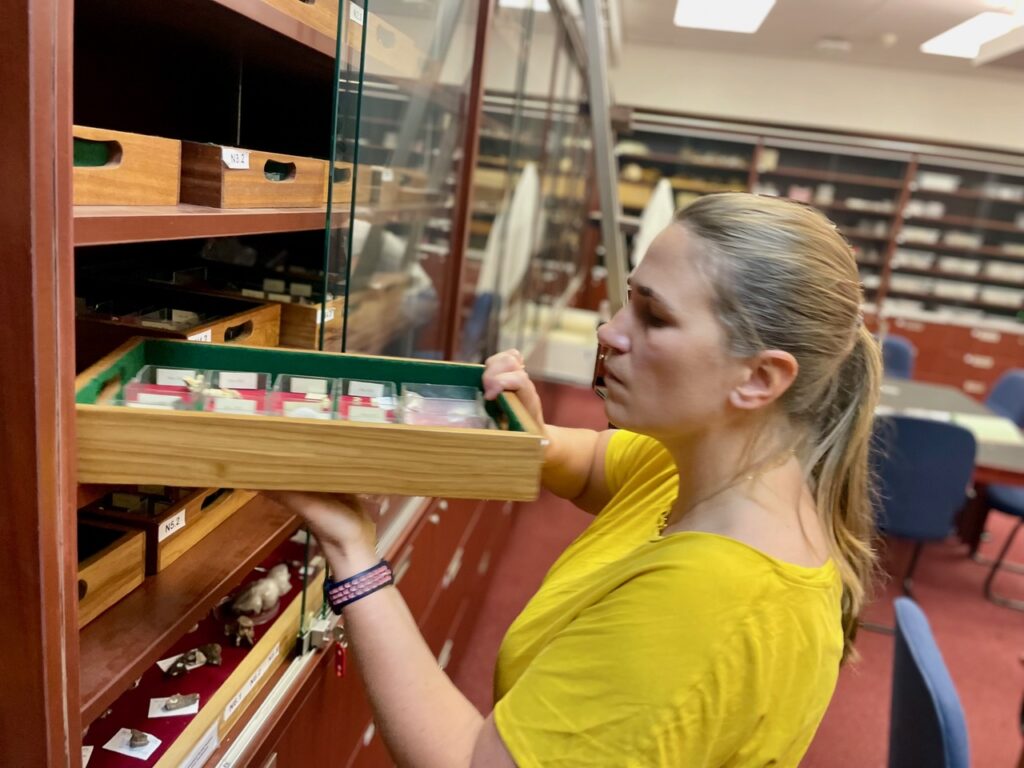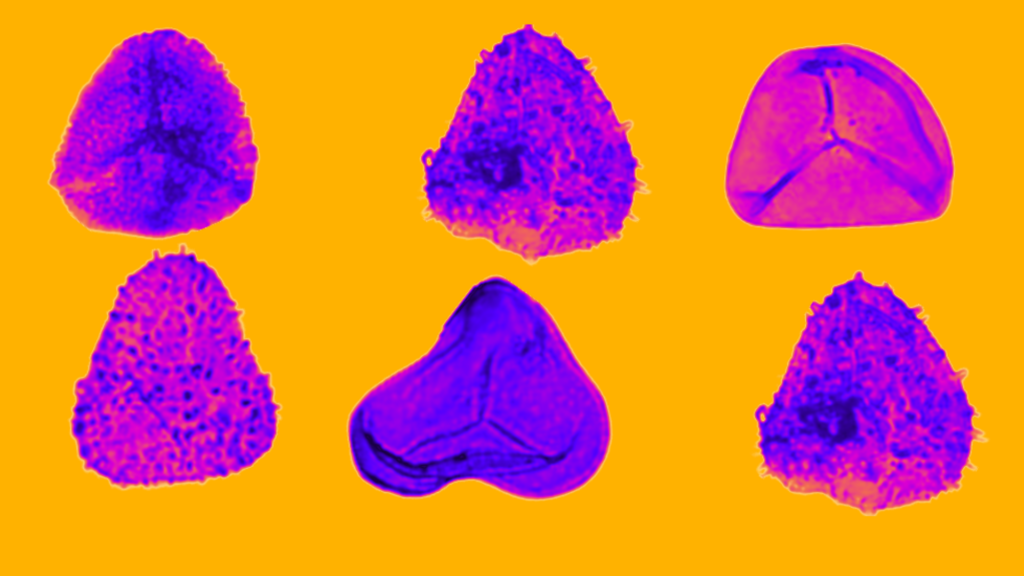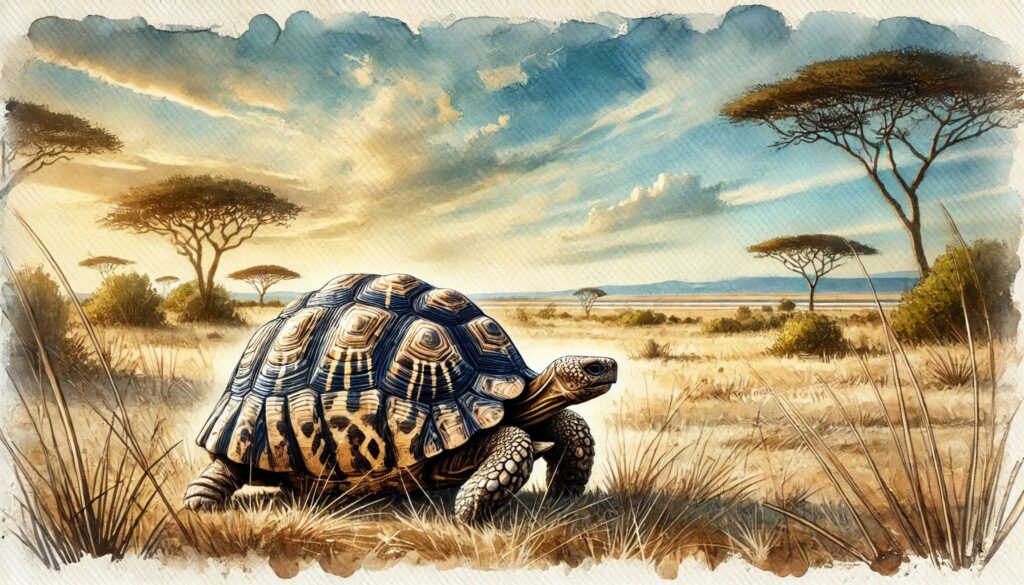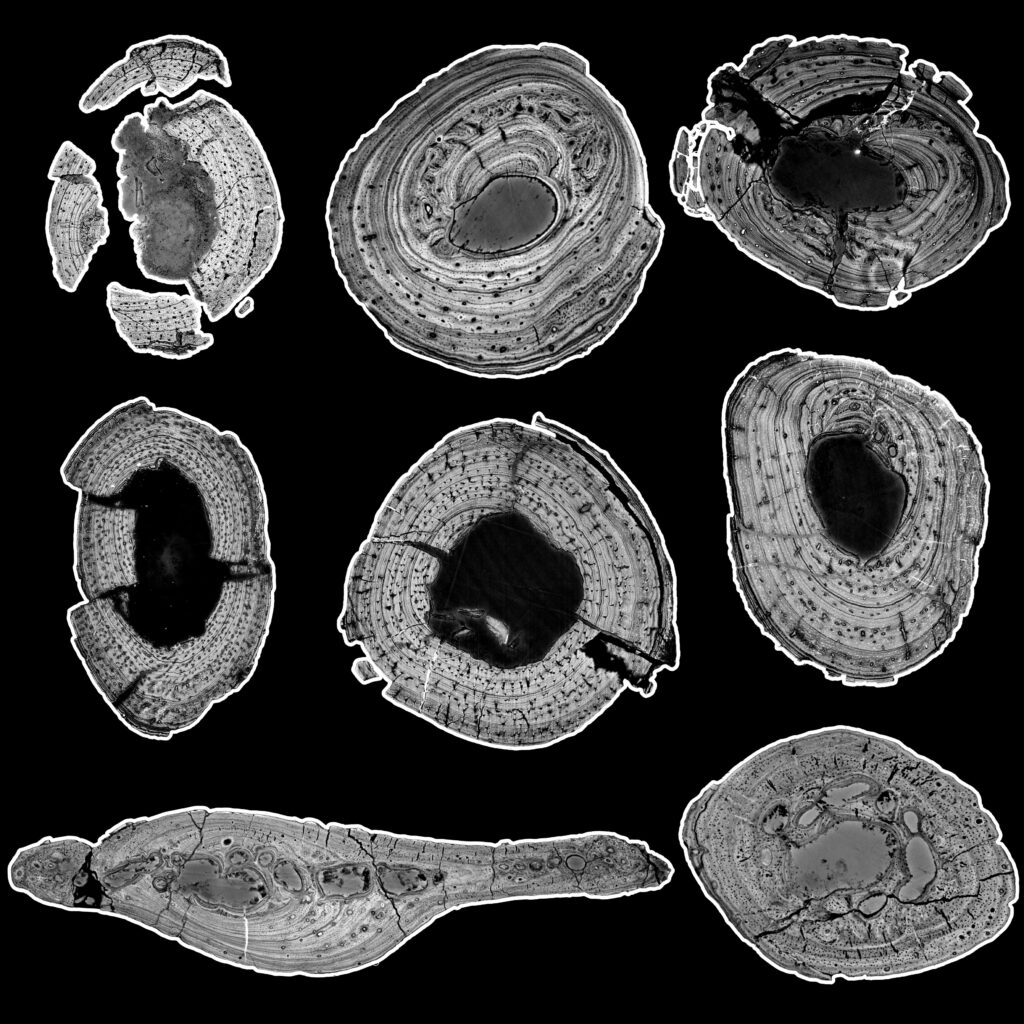A Sabretooth’s Struggle: The Arthritic Sabretooth from Langebaanweg

Illustration of a Lokotunjailurus spp. of sabretooth cat by Mauricio Antón. Image from Carnivora.
A remarkable sabretooth cat lived in the ancient grasslands of Southern Africa, where legends of fierce predators and untamed wilderness abound. Known for its formidable, curved fangs and unmatched hunting prowess, this iconic hunter’s story takes an unexpected turn as it faces an undefeatable foe: arthritis. This tale of resilience and determination is evidenced in its ancient bones discovered at Langebaanweg in South Africa. Research published in Papers in Palaeontology unveils the remains of the large sabertooth from this site, shedding light on the age, mobility and sociality of this enigmatic predator.
The Langebaanweg fossil locality, located just 150km north of Cape Town, renowned for its diverse and rich Mio-Pliocene (5.2MYA) fossil record, has yielded an abundance of fossils that have yet to be fully studied. Driven by a passion for unravelling the secrets of the past, palaeobiologist Dr Alberto Valenciano delved into the collections at the Iziko South African Museum, where he stumbled upon a set of intriguing bones. Different in size and shape from other Langebaanweg animals, these bones were identified as a sabretooth felid, prompting further investigation.
Artistic reconstruction of a sabretooth skeleton highlighting the bones examined in this study adapted with permission from Mauricio Antón (2013).
Leading the charge to unravel this mystery is Caitlin Rabe, a doctoral candidate at the University of Cape Town (UCT) and a GENUS Grantee. Collaborating with Dr Valenciano and Professor Anusuya Chinsamy-Turan, Rabe embarked on a comprehensive study of the sabretooth fossil bones. Their meticulous analysis involved examining the anatomy, taking measurements, and conducting comparative studies with other sabretooth cats from around the world and modern counterparts like the African lion.

Caitlin Rabe examining a fossil in the Langebaanweg “E Quarry” fossil bed. Photograph provided by Caitlin Rabe.
Beyond unravelling the yet undescribed taxonomic identity of the Langebaanweg sabretooth, which resembles that of Lokotunjailurus emageritus and Machairodus, another genus found at the Langebaanweg site, the research team also uncovered intriguing skeletal abnormalities. Examining the fossilized bones, they noticed erosion, pitting and some deep grooves on the articular surfaces of the lumbar spine and left foot, as well as in the right and left hind limbs. This is indicative of cartilage loss and osteoarthritis, a degenerative disease familiar to modern animals and humans. The extent and severity of the disease suggest that this particular sabretooth cat was an old individual that likely suffered from arthritis for a prolonged period. It would have been in considerable pain and probably experienced lameness or difficulty in moving its left foot.

Healthy lumbar vertebrae of the modern African lion (Panthera leo) on the left and pathological vertebrae of the Langebaanweg sabretooth on the right.
This has significant implications for our understanding of the animal’s behaviour. The pain and lameness caused by arthritis may have affected its hunting abilities, leading to debates about the sociality of sabretooth cats. Some evidence suggests that impaired sabretooth cats, like the Langebaanweg individual, may have relied on social groups, like lions, or resorted to scavenging rather than actively hunting. The repetitive microwear on the joints, caused by regular movement and hunting, coupled with the effects of old age, likely contributed to the development of this condition. The observed extent and severity of arthritis, without evidence of a single traumatic event (like a bone fracture), strongly indicate that the animal developed this condition gradually over time and died at an advanced age.

Like modern-day lions, Sabretooth cats may also have lived in social groups. Image from Pexels.
The study of the arthritic sabretooth cat from Langebaanweg showcases the profound insights that can be gleaned from fossil discoveries. It contributes to our understanding of prehistoric species and paints a vivid picture of their interactions with their environment and fellow creatures. As we unlock the secrets of the past, each fossil fragment brings us closer to comprehending the extraordinary world that existed millions of years ago, where sabretooth cats roamed and hunted in the ancient landscapes of Africa!
The main Image is an artistic reconstruction of a sabretooth skeleton highlighting the bones examined in this study, adapted with permission from Mauricio Antón (2013).





